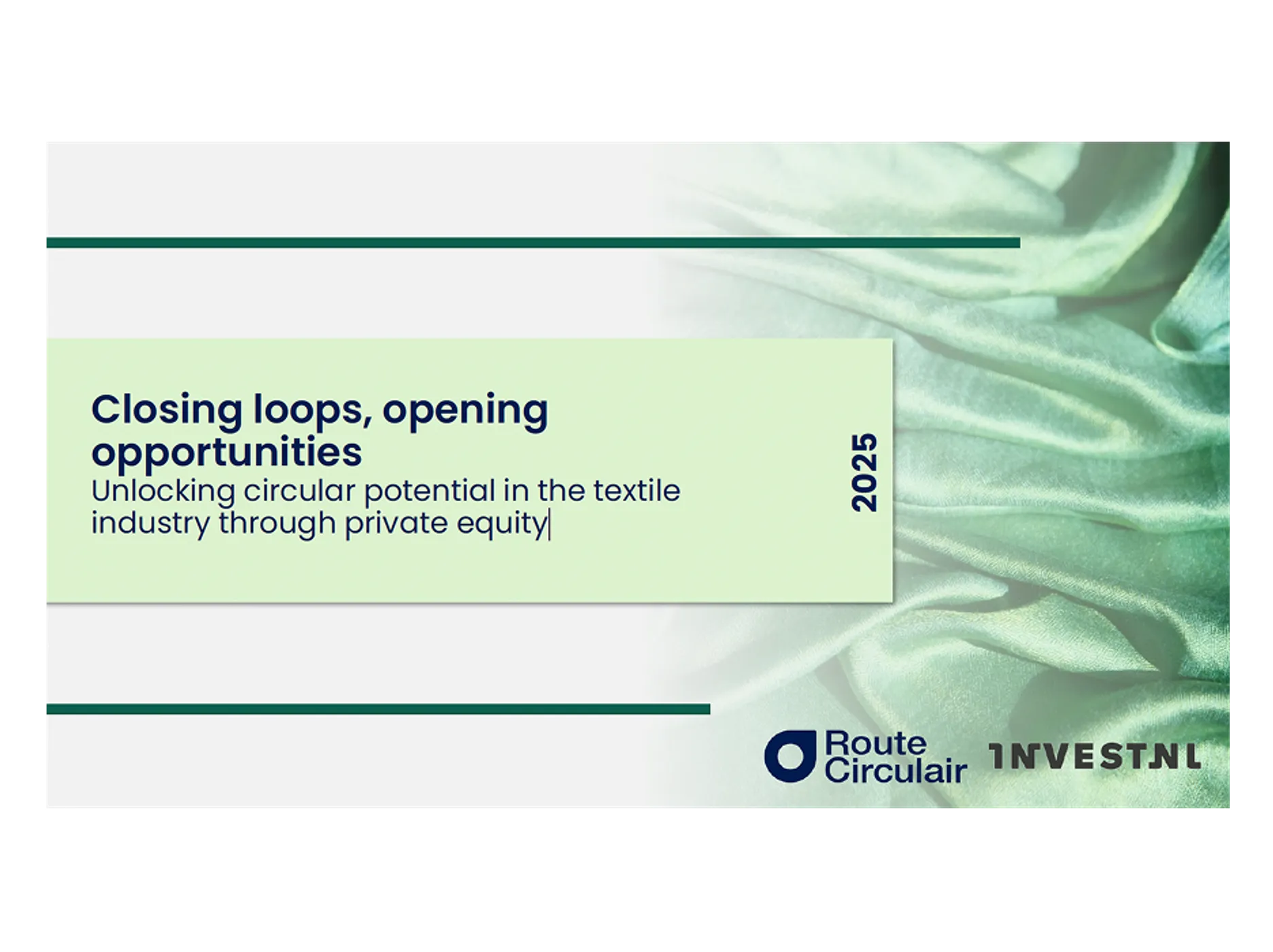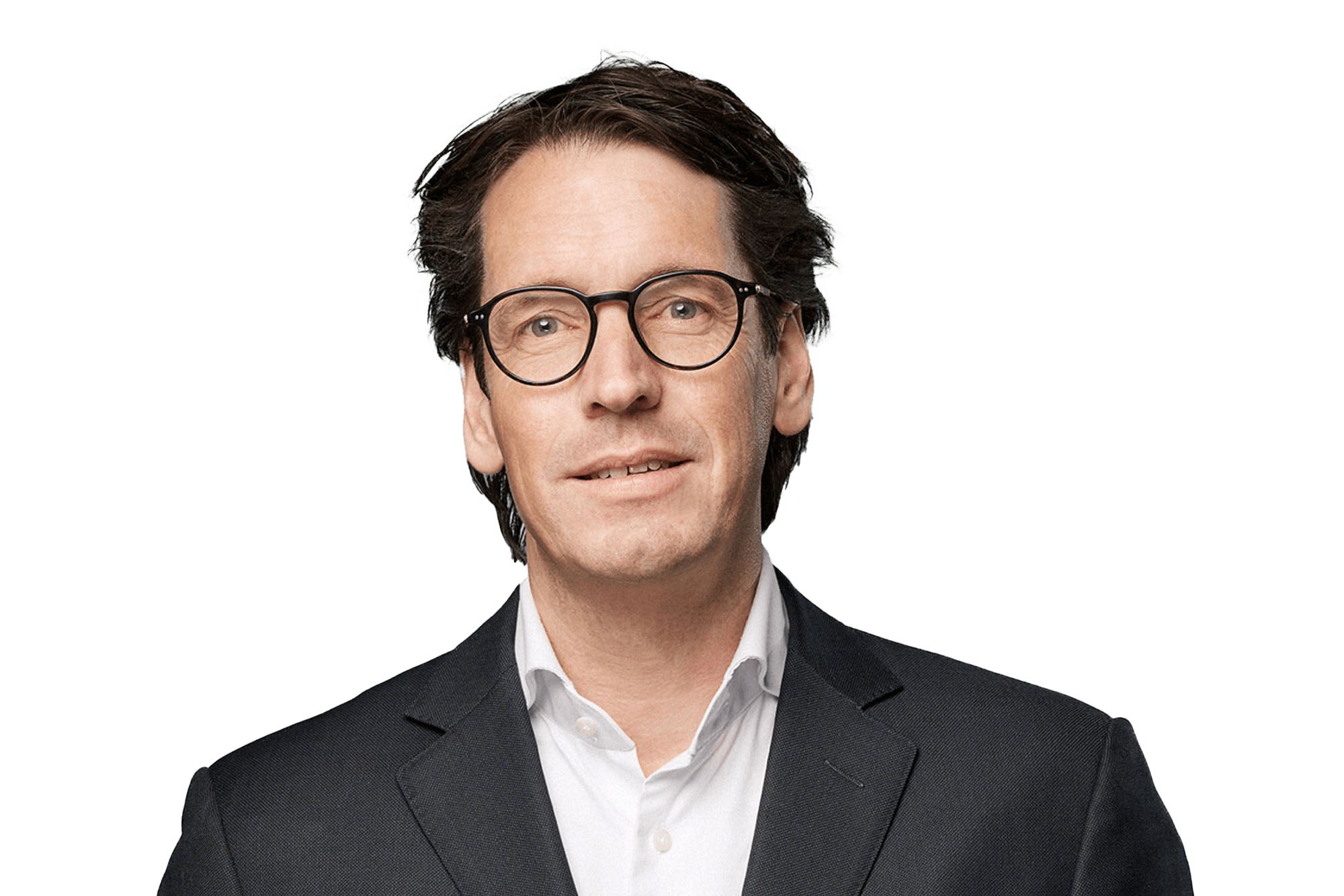
Biobased & Circular economy
—10 september 2025
September 10, 2025
3 minutes

The Dutch circular textile sector is bursting with innovation, but many initiatives face challenges in scaling and financing. In collaboration with Route Circulair, Invest-NL examined how private equity can accelerate the transition in this sector. The report Closing Loops, Opening Opportunities (2025) demonstrates that private equity, with capital and strategic guidance, can contribute to investable, scalable solutions in the textile sector.
The report builds on Closing Loops, Opening Opportunities (2024), which examined the role of private equity and debt finance within the broader circular economy. Now, the focus specifically shifts to textiles: a sector known for its environmental impact and complex, fragmented value chains. This calls for joint action from all stakeholders.
Private equity can play a unique role in this context. Thanks to access to capital and strategic knowledge, private equity investors are ideally positioned to implement scalable solutions, connect fragmented value chains, and develop sustainable models into mature companies. In this way, they bridge the gap between innovation and market maturity.
Mismatch in expectations
Circular textile companies often do not fit within the traditional private equity model. Think of short investment horizons or a strong focus on rapid growth.
Potential for systemic change
With strategic capital, private equity can help bridge fragmentation in the chain, increase scalability, and make business models more investable.
Recommendations for action
Extend investment horizons and adapt risk profiles.
Encourage collaboration with brands via pre-commitments and offtake agreements.
Develop new instruments such as blended finance, impact-linked loans, and first-loss guarantees.
Work on joint KPIs to make circularity measurable and comparable.
The circular textile transition requires a good collaboration of four groups: brands that secure market demand through long-term agreements, innovators who link ecological and financial performance, governments providing frameworks and infrastructure, and investors bringing capital and knowledge to accelerate progress.
"Only through joint action can we truly gain momentum with the circular textile transition," says Jeroen Derkx, senior business developer at Invest-NL
The textile sector is polluting and complex. Circularity requires long-term thinking, cooperation, and tailor-made solutions. Invest-NL therefore calls on all parties to work together on solutions that are both sustainable and investable.
Jeroen Derkx
sr. business development manager
